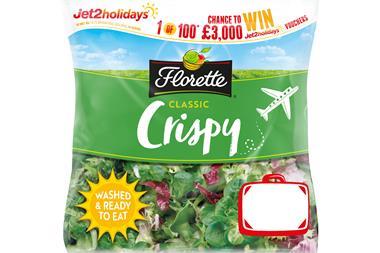If you are reading this as part of a medium-to-large organisation, the chances are your marketing team will have commissioned a piece of content marketing over the last five years. As a member of the public and consumer of mass media, you have almost certainly consumed branded content.
If the content was written/created well, it will have been focused on passion points relevant to you as the target consumer. It will have entertained you and subliminally, you might remember the brand because it brought a level of valuable, relevant content to your attention rather than ‘selling’ to you under the veil of a poorly written article.
“Native advertising is proving to be the big buzzword of 2014”
‘Native’ is proving to be the big advertising buzzword of 2014. Over the years it has existed in many forms - advertorial, branded content, some may even argue clever PR is a form of native advertising. Econsultancy’s Marketing Budgets report recently highlighted that over 74% of respondents planned to increase their native marketing spend this year. But why?
Having worked in digital marketing for over 10 years, I have seen a few trends come and go, but one line on a digital marketing budget never fails to disappear - the humble banner ad.
Sure, like any piece of creative, you have the good, the bad and the ugly. However, when was the last time you remembered a banner ad, let alone clicked on one? Some 0.15% of viewers go on to click through (which mounts up when we are considering hundreds of millions of impressions) and banner advertising does have a positive impact on conversion rates further down the user journey.
However, marketeers want more. Studies have proven the notion that digital audiences increasingly suffer from banner blindness - on mobile and tablet formats in particular.
Native advertising, however, has shown much more promise, with CMO.com reporting that consumers are 25% more likely to look at a native ad than a banner. Furthermore, consumers showed 18% more purchase intent after viewing native advertising.
In a world where your customers’ attention is more fragmented than ever and they are exposed to thousands of traditional brand messages every day that ‘sell, sell, sell’, it stands to reason there is an opportunity for clever native advertising to grab attention by adding value through content.
The challenge for your brand and your marketing team is to invest in a content partner who understands the art of selling without selling. The danger is commissioning badly researched and created native content, which ultimately serves to alienate your customer rather than build a relationship.
John Barton is managing partner and co-founder of Testifydigital















No comments yet